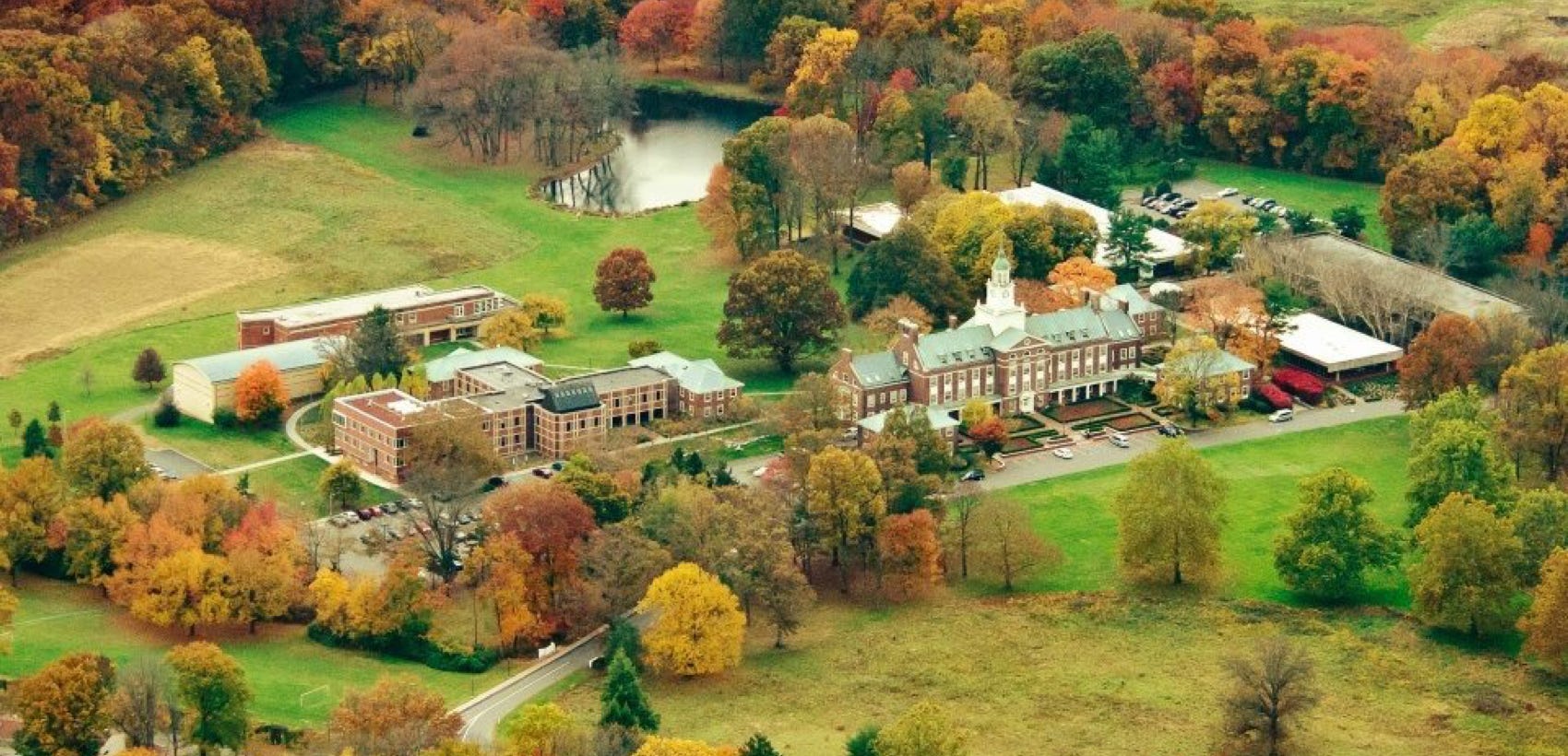The Birth of the Institute for Advanced Study (1930)
"A first-rate research institution with no teachers, no students, no classes, only researchers protected from the vicissitudes and pressures of the outside world"
The Institute for Advanced Study is one of the few institutions in the world where the pursuit of knowledge for its own sake is the ultimate raison d'être. Speculative research, the kind that is fundamental to the advancement of human understanding of the world of nature and of humanity, is not a product that can be made to order. Rather, like artistic creativity, it benefits from a special environment. — IAS Bluebook
I’ve written in the past about the University of Göttingen and its historical status as a ‘center of the mathematical universe’ in the period from Gauss’ appointment as the Director of the Göttingen University Observatory in 1807 to the 1933 fleeing of much of its senior faculty, including Born, Franck, Wigner, Szilárd, Teller, Landau and Courant. This essay is the second part to that story—about communities of mathematicians that form in small, seemingly arbitrary geographical locations such as G…
Keep reading with a 7-day free trial
Subscribe to Privatdozent to keep reading this post and get 7 days of free access to the full post archives.


